Originally published 4/29/2020; updated 3/27/2025 with info on demolition of Chaminade Hall (at bottom of article)
Our last article looked at the history of the University of Dayton. Today we’ll explore some of the old buildings on campus that are still standing.
Zehler Hall (1865)
This structure isn’t one of the university’s most well-known buildings, but it does hold the distinction of being the oldest that survives.
Built in 1865, it was named for Maximin Zehler, the university’s first president and co-founder of the original iteration of the school on Stuart Hill.
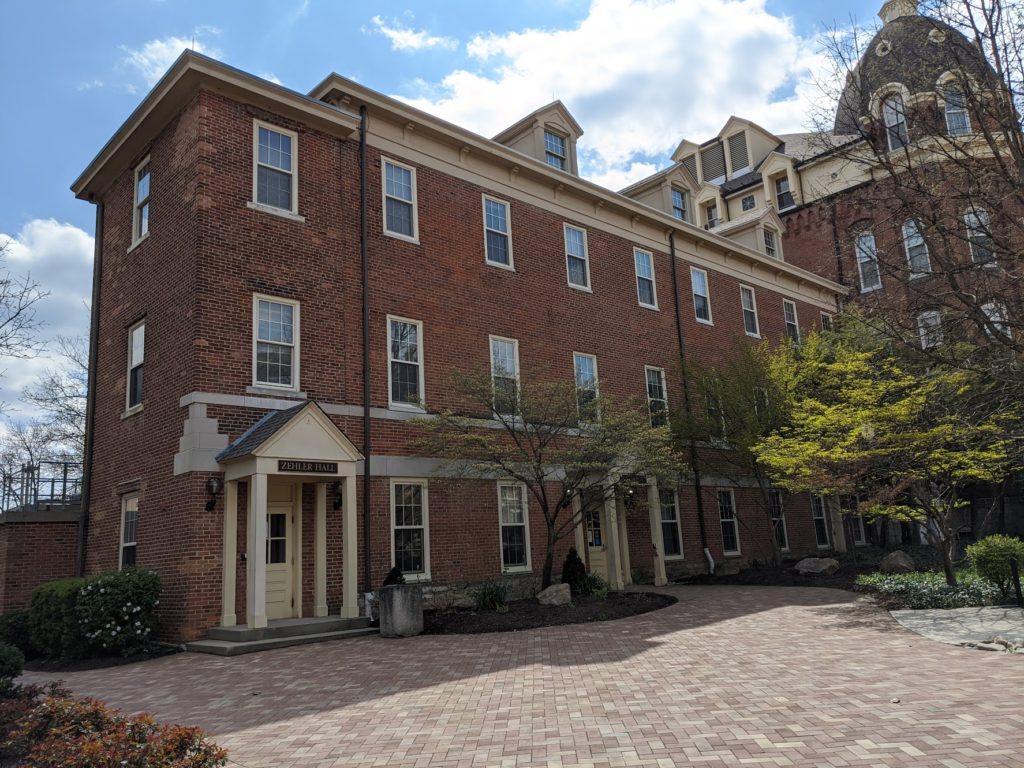
Liberty Hall (1866)
This structure was originally built as a faculty residence hall and today houses offices of the campus ministry. Before a renovation in the 1990s, it had a coffee house in the basement called Monk’s Inn.
It’s also reportedly haunted, dating back to its earlier use as a public infirmary. This ghost connection is apparently enough to give it “more popularity than the rest of UD combined.”

Chapel of the Immaculate Conception (1869)
The most iconic symbol of the university, the chapel’s blue cupola was the inspiration for the school’s logo.
Author Curt Dalton described some of its striking features: “A main altar and two side altars were of massive marble. The pulpit was ornamented with hand-carved figures of the four Evangelists and the Virgin Mary. Music was provided by a Koehnken and Grimm pipe organ valued at $2,500.”
The chapel received a renovation in 1969 and still serves that campus today.
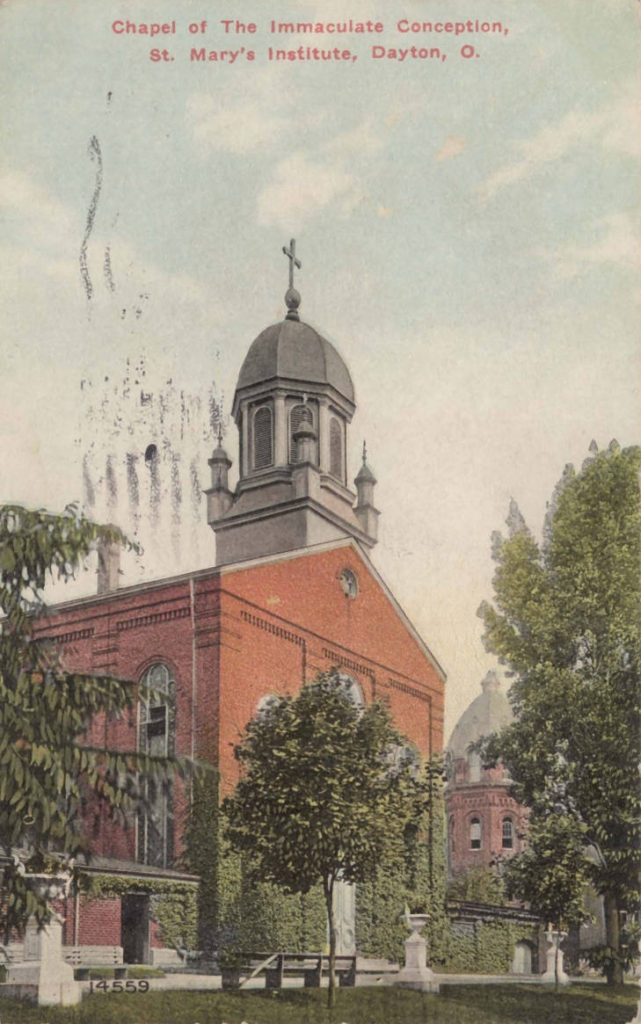
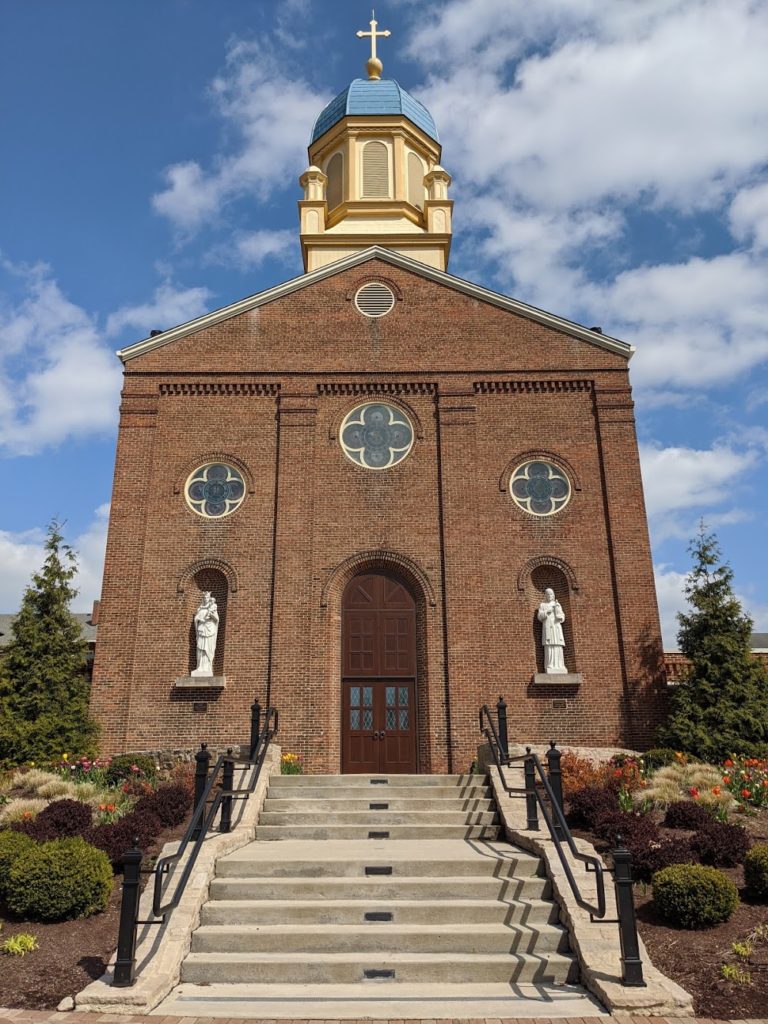
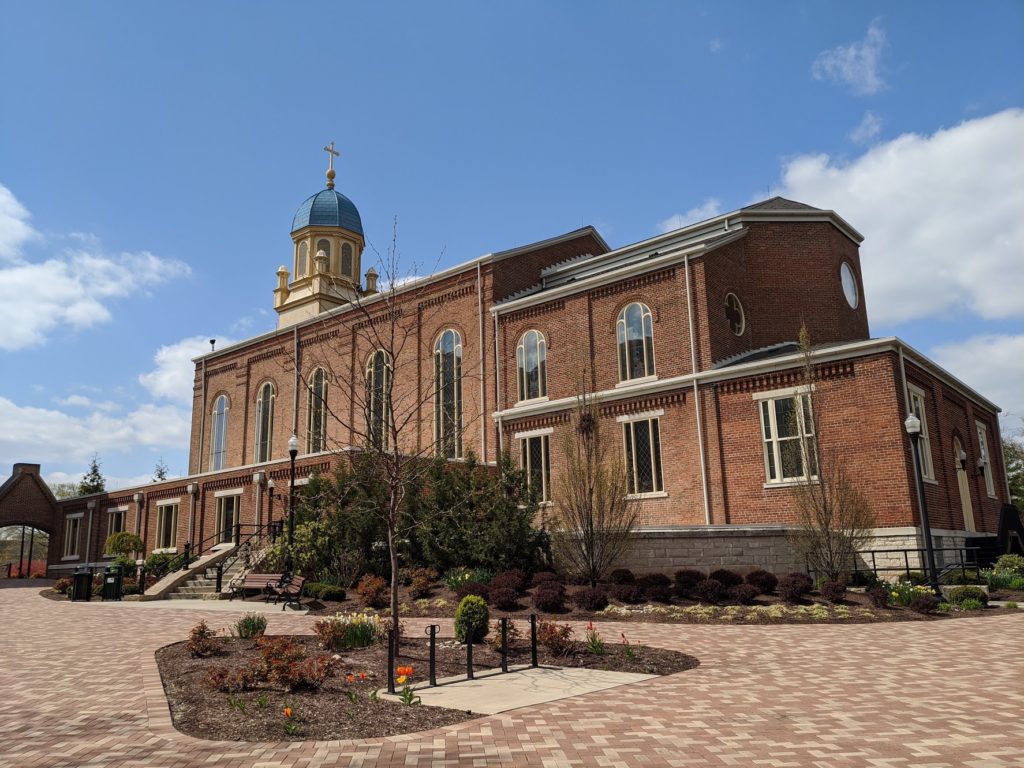
St. Mary’s Hall (1870)
When it was built in 1870 at a cost of $80,000, this five-story building was the largest in Dayton, of sufficient size to be visible from anywhere downtown.
The design of St. Mary’s Hall was inspired by convents in France. In its early years it was a dormitory and classroom while today it contains a variety of administrative offices.
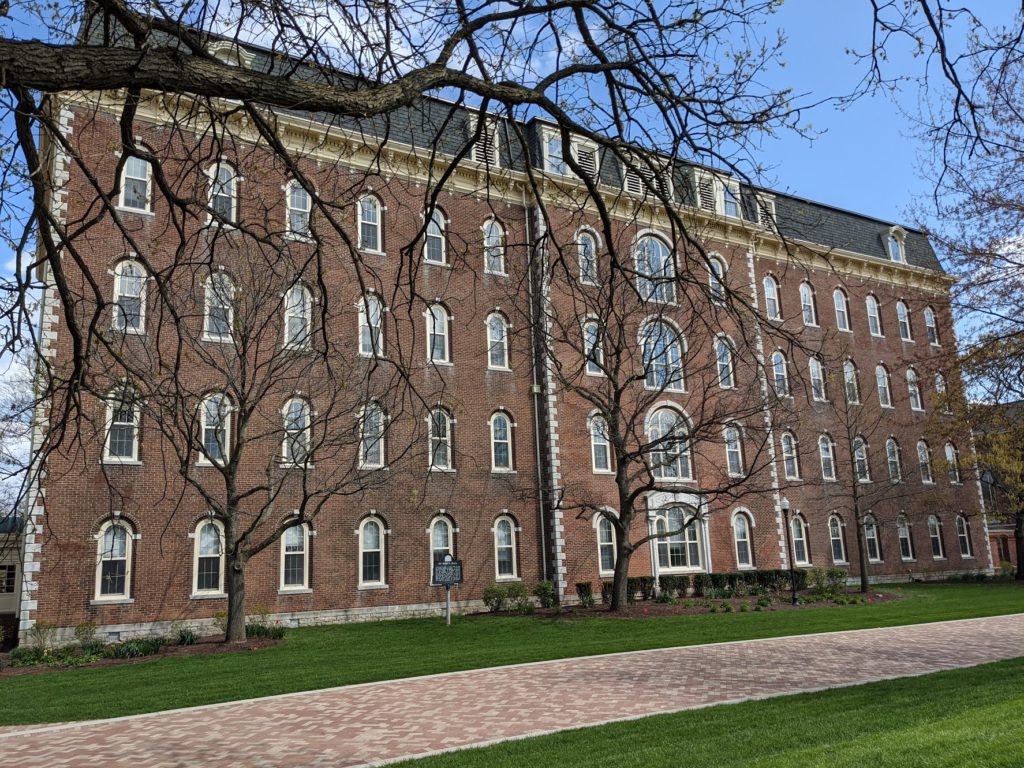
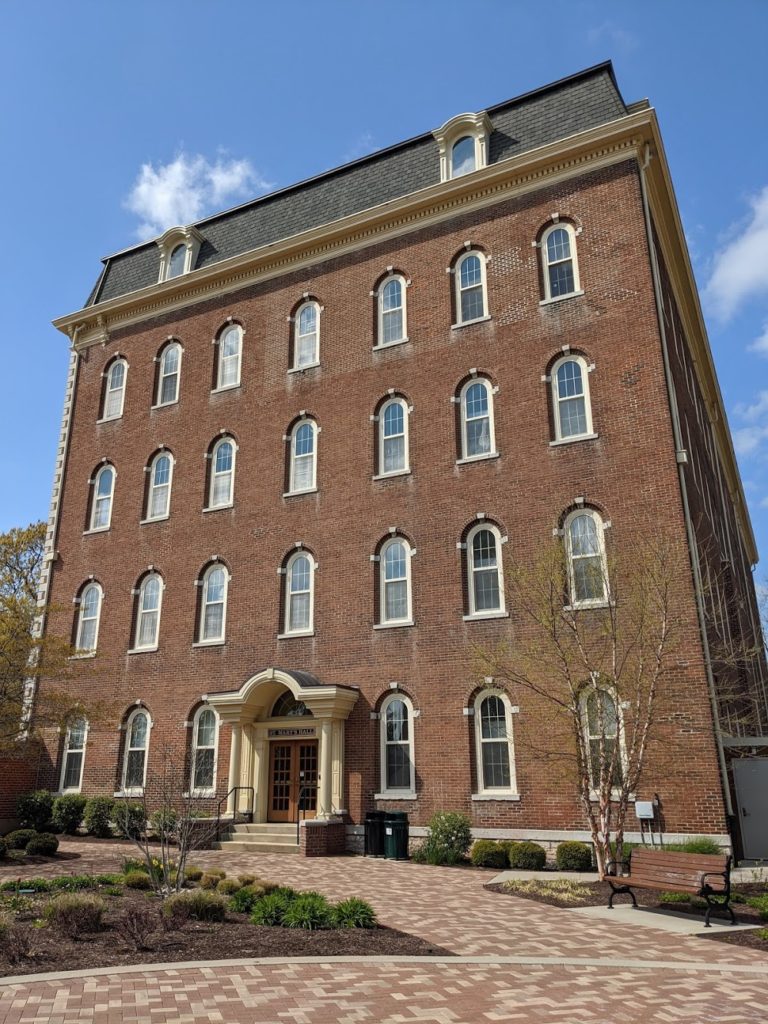
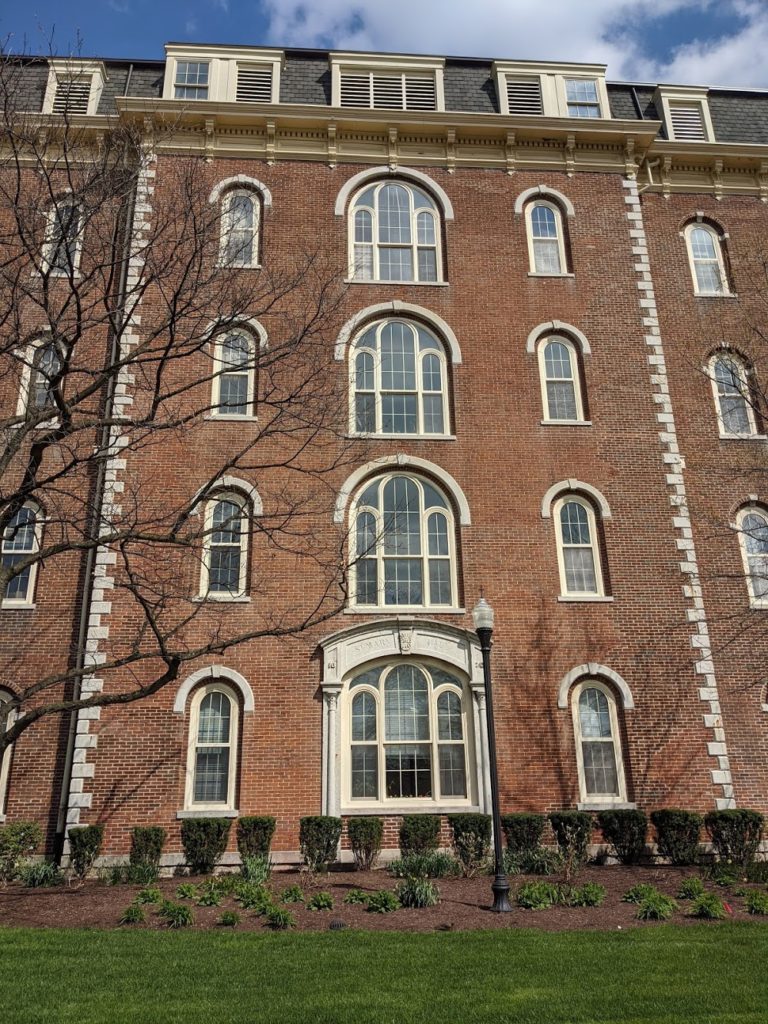
St. Joseph Hall (1884)
Looking at the beautiful exterior of St. Joseph Hall today, you may be surprised to learn that the entire interior was destroyed by a fire in 1987. It reopened two years later after a major fundraising campaign.
The building was originally built in 1884 by Brother Joseph Senentz and featured beams from the sawmill of John H. Patterson who had just sold 28 acres of woodland to generate cash for his budding business the National Cash Register Company.
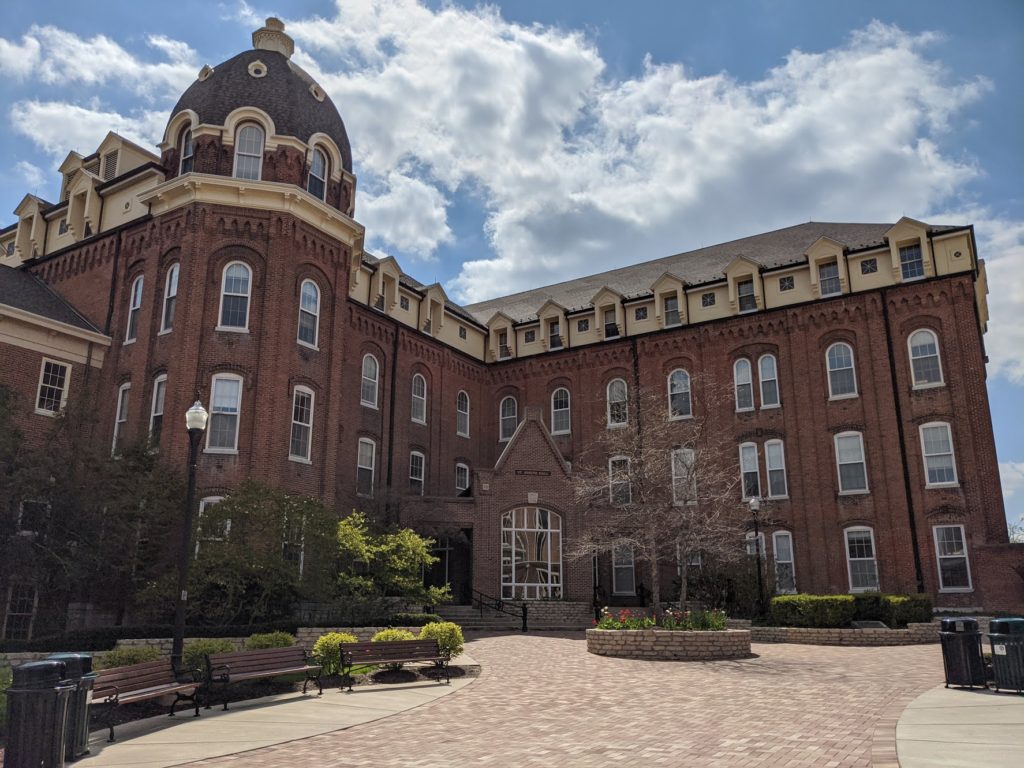

Chaminade Hall (1904)
This 1904 building was named for the founder of the Society of Mary, William Joseph Chaminade. Originally it was used as a dorm for seniors and also featured a club room in the basement featuring pool tables and two bowling alleys. It became the institution’s library for a short period of time, and then later served students as a dining hall.
Chaminade Hall is not currently occupied and as of 2019, the plan appears to be to demolish the historic structure.
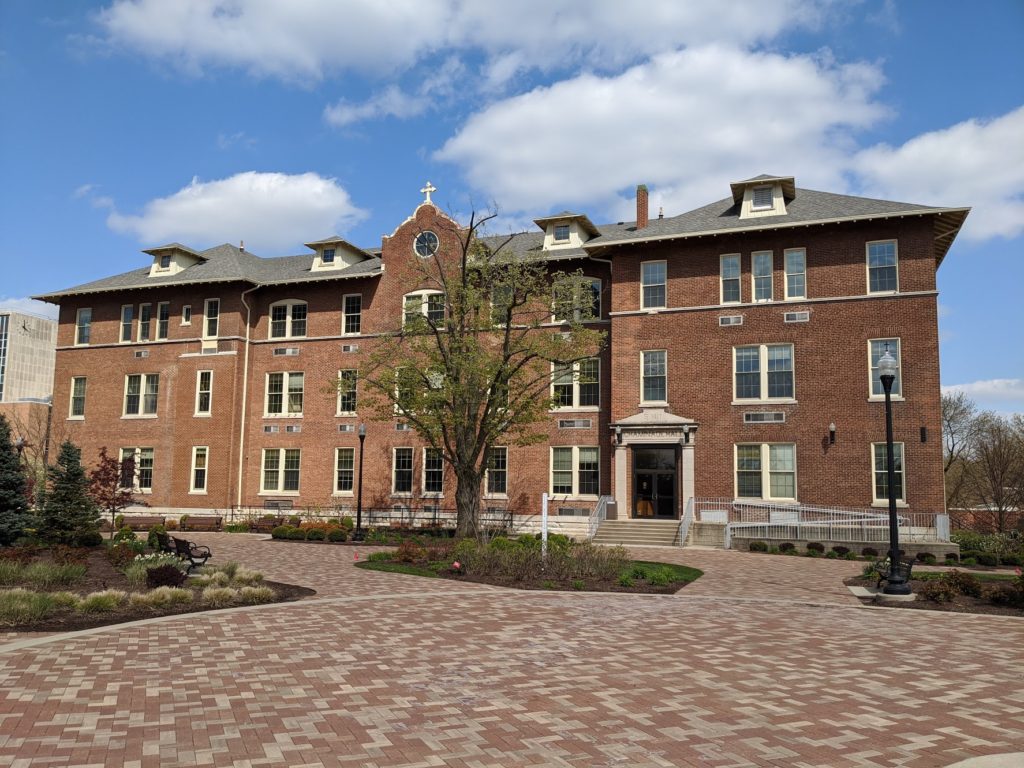
Albert Emmanuel Hall (1928)
Constructed of Indiana limestone, this building was originally the Albert Emmanuel Library and for decades boasted the largest collection in the world devoted to the Virgin Mary.
Having grown significantly over the years, that collection now includes over 100,000 books dating back to the 1400s, as well as “boxes of religious medals, postage stamps, postcards, Christmas cards, holy cards, small statues and even wine bottle labels, each of them in some way pertaining to Mary.”
Today, however, the Marian Library is located on the 7th floor of Roesch Library (1969), while Albert Emmanuel Hall houses Admissions and Financial Aid.
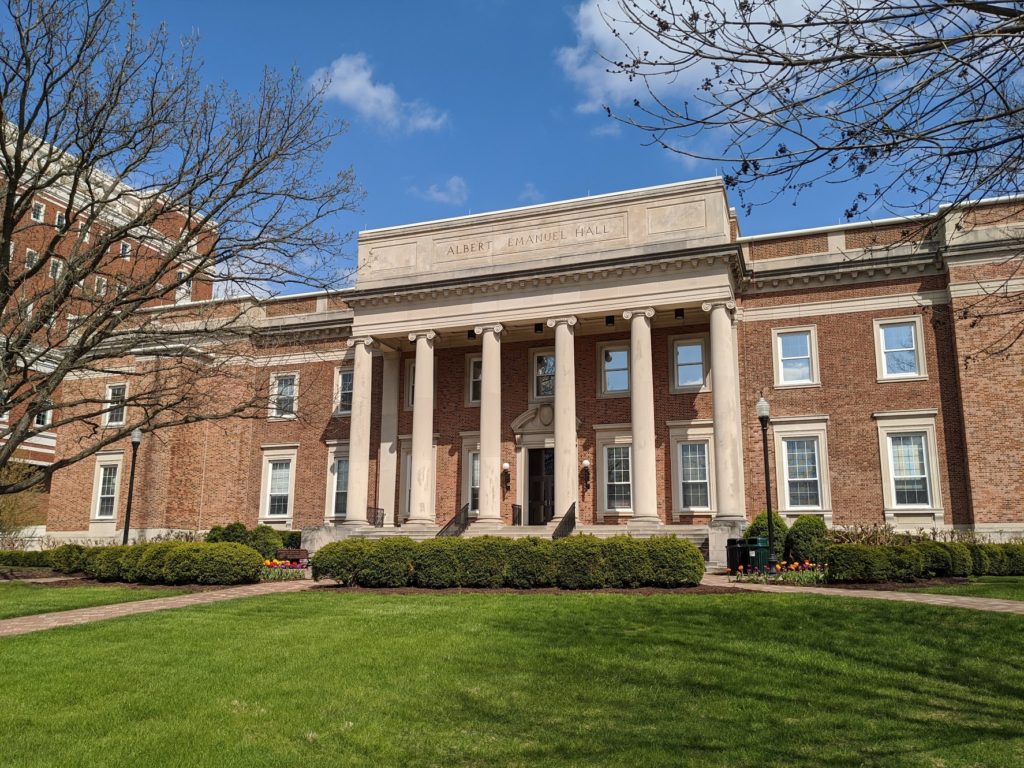
Baujan Field (1925)
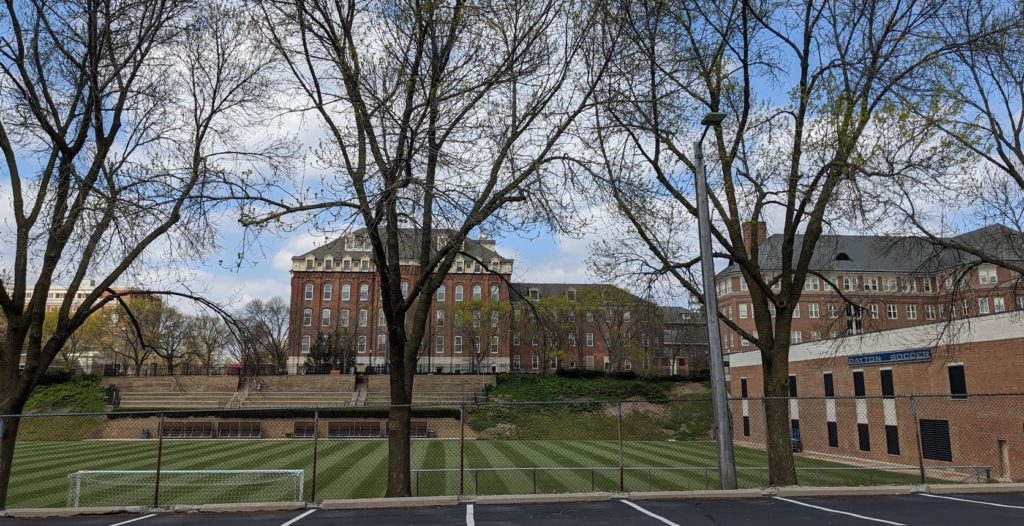
Though not an academic structure like the others, Baujan Field still deserves a mention for its contributions to the institution’s history dating back to 1925 when it opened as the home of UD football.
It was named for Harry Baujan, who played for Notre Dame under Knute Rockne and became Dayton’s head coach in 1923.
His legendary coaching career earned him a spot in the University of Dayton Hall of Fame, as well as a posthumous induction into the National Football Foundation’s College Football Hall of Fame. The football team has since moved to Welcome Stadium, but UD soccer has kept up the Baujan tradition.
Additional Sources
Dayton: Postcard History Series by Curt Dalton
UNIVERSITY OF DAYTON: Potential Unlimited by Kay Timmons
“If It’s of the Virgin Mary, You’re Sure to Find It Here,” New York Times
Update on Demolition of Chaminade Hall
Published 3/26/25
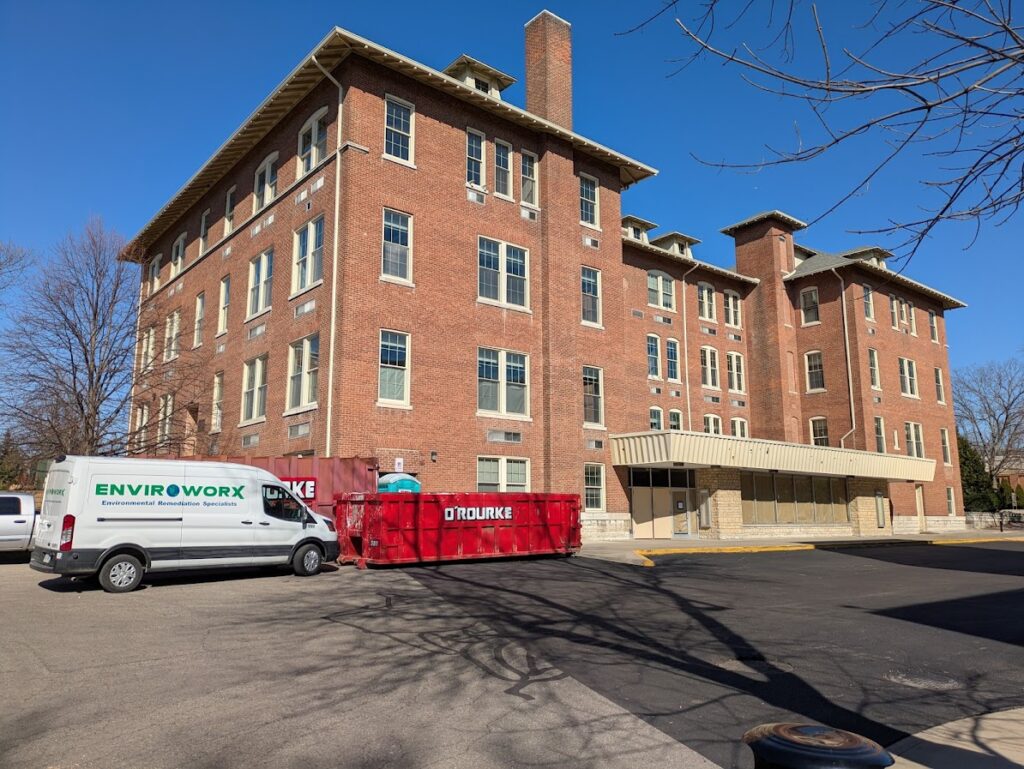
Last week the Dayton Daily News reported that UD is moving forward with razing Chaminade Hall.
Debris is currently being removed from the building and the demolition is expected to be completed just after spring graduation.
The article quotes UD officials as saying “this decision has been a long time coming and was carefully and meticulously researched and analyzed. While there is no denying the long history of this building, from a facilities, financial, strategic and even safety lens this makes the most sense for the university.”
They also said that “maintaining, renovating or repurposing … (it) … would be very expensive” and that “the building’s interior is not a good fit for classroom or office spaces.”
Preservation Dayton wrote that they are “saddened to lose yet another historic building that defines the cultural and religious heritage of our region. Once historic buildings like Chaminade Hall are destroyed, the lessons and stories of our forebearers fade into the distant past.
Repurposing, rather than demolishing historic buildings, also mitigates carbon emissions and landfill waste. It’s unfortunate that the University of Dayton did not apply the same adaptive reuse solutions for Chaminade Hall that they so successfully applied to the South Park Methodist Church.”
In 2017, UD leadership discussed potentially renovating Chaminade Hall to create community co-working spaces.
One can also draw comparisons to another historic campus building. In 1987, a massive fire ripped through St. Joseph Hall. One article recounted how in the aftermath, “a huge crane with a jaw-like attachment chewed its way through the charred upper floors.” Another said that “putting up a temporary roof would just be a waste of money … there can be no more damage inside.”
But rather than demolishing the gutted building, the university embarked on a $6.75 million project to “preserve the best of the historical structure while modernizing the interior” including a $2.5 million fundraising effort by an alumnus. (To be fair, the university also received a significant sum from insurance.) Supporters believed that “St. Joseph, along with St. Mary’s Hall, represented the heart of the UD campus, and university officials say that won’t change.” It reopened in 1989.
It’s disappointing to many that current stakeholders have a different view of Chaminade Hall.
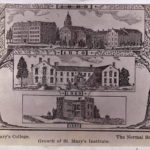


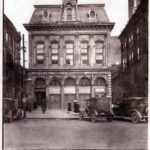
Hopefully you can save as many of the bricks as possible after Chaminade is demolished and use them in the replacement building.